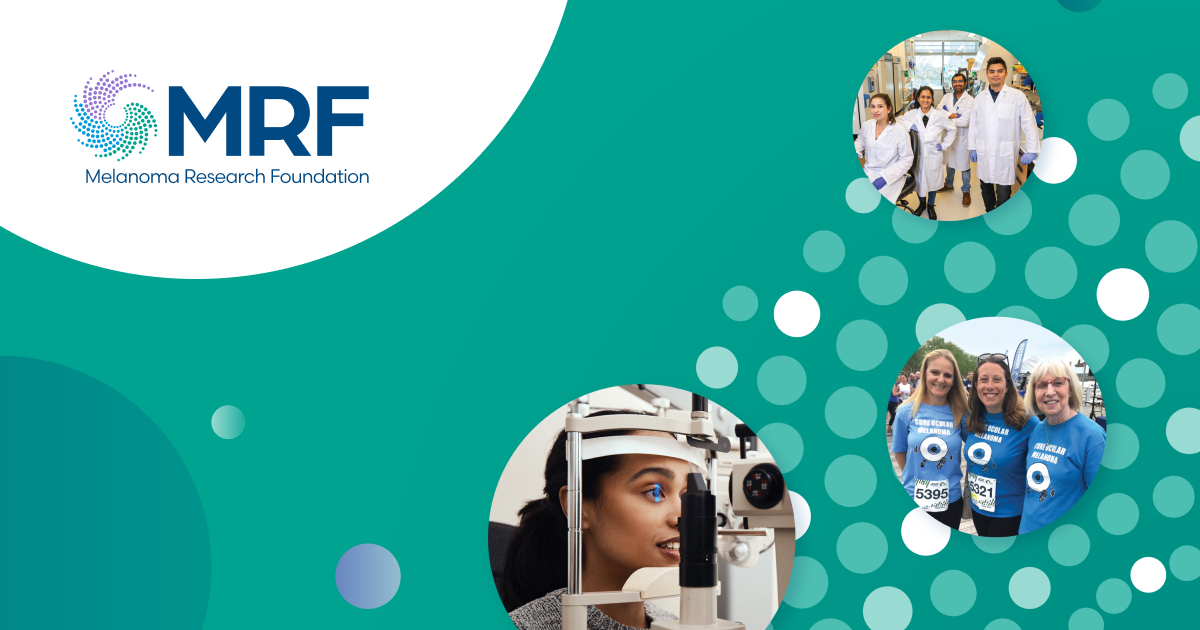How YES-CAN! Can Help Kids Learn About Sun Safety

Guest blog from Lori Crane, PhD, MPH, a 2016 MRF Donor Directed Award from the University of Colorado, Denver:
 As melanoma rates have soared over the past 100 years, so has our knowledge of how to prevent it. 100 years ago, we didn’t know that wearing hats and clothing, staying out of the sun in the middle of the day, staying in the shade, not tanning (either outdoors or in tanning beds and booths) and wearing sunscreen can all help to reduce the risk for melanoma and other skin cancers. We also now know that sun exposure in childhood appears to be particularly important in setting the stage for skin cancer much later in life.
As melanoma rates have soared over the past 100 years, so has our knowledge of how to prevent it. 100 years ago, we didn’t know that wearing hats and clothing, staying out of the sun in the middle of the day, staying in the shade, not tanning (either outdoors or in tanning beds and booths) and wearing sunscreen can all help to reduce the risk for melanoma and other skin cancers. We also now know that sun exposure in childhood appears to be particularly important in setting the stage for skin cancer much later in life.
Getting from that scientific knowledge to actual prevention, however, is not that simple, especially when it comes to children and teenagers who can’t imagine the day when they might get skin cancer. Just telling them to avoid UV exposure is not enough. National studies have shown that sunburns are common in children and adolescents and use of sunscreen is low.
The Melanoma Research Foundation (MRF) provided donor-directed funding to me and my colleague, Dr. Nancy Asdigian, to address this question of how to get young people to do what we know will protect them from skin cancer. We reasoned that a key issue for middle and high school students is social norms: what other kids are doing. To change social norms that lead kids to get high levels of UV exposure, we drew on theories and research suggesting that: (1) health messages are more impactful when they come from other kids rather than adults; and (2) story-telling is an effective way to convey health messages. Stories map to the way people naturally process and store information, making information more memorable and impactful.
We created a program in which high school students became change agents for their younger middle school peers. In the program, high school students enrolled in a class in which they learned the science of melanoma and other skin cancers and the science of health communication. They also learned about storytelling and video production and created short videos with stories about skin cancer and how to prevent it. For example, high school students at a school in Aurora, Colorado created a video story that follows a teenage fashion model who is diagnosed with melanoma. She learns that sun exposure can cause melanoma, and after recovering, she partners with a sunscreen company to promote sun safety. Another video uses humor to tell a story about a teen boy who chooses to sunbathe while his friends stay inside to play video games. He falls asleep and gets a painful sunburn. His friends lecture him about the dangers of tanning and the need to use sun protection. The last scene shows him carefully applying sunscreen and putting on his hat while his friends wait for him to attend an outdoor sports event.
The high school video artists used their videos as the centerpiece in presentations to local middle school students. After attending the presentations, middle school students reported that they were less likely to tan in the future, and more likely to use sunscreen, wear a hat and wear a shirt with sleeves. They also reported a reduction in their beliefs that tanning was common among their friends and that they would join their friends if their friends were planning to tan. Further, they were less likely to think that tans make them look better and had greater knowledge that sun exposure causes skin cancer. A similar pattern of changes was found in the participating high school students.
Funding from the MRF was crucial in developing and testing this approach to youth behavior change, which we have named: YES-CAN! Youth Engaged Strategies for Changing Adolescent Norms! Our team is currently involved in discussions with schools throughout Colorado to maintain and expand this video story telling approach for melanoma prevention as well as for other health risks faced by teens, such as electronic cigarettes (vaping).
There are many supporters of the YES-CAN! Program, including Elise Barish, MRF Board Member and donor to this program:
“I was very excited about this project when we received the proposal from Dr. Crane and Dr. Asdigian. When my children were little, I was very diligent with their sun protective clothing and sunscreen. However, as they were growing older, I recognized that they were less willing to wear long sleeves to the pool or wear hats every time they went outside so I was looking to participate in a project that would help get the message to kids more effectively. The Yes-Can! program is an excellent vehicle to reach preteens without their parents’ involvement. I had an opportunity to sit in on one of the presentations that the high school students made to the middle school students. It was clear that the younger students had a lot of respect for the older students and would be much more likely to listen to their advice than that of their parents.”
To learn more about adolescent and youth prevention visit https://melaresearcstg.wpengine.com/melanoma-education/melanoma-prevention/.
Life-saving advances in melanoma research are made possible by the generosity of supporters like YOU. Please consider a tax-deductible donation today:
[button link=”https://donate.melaresearcstg.wpengine.com/site/Donation2;jsessionid=00000000.app20032b?idb=662313274&df_id=3022&mfc_pref=T&3022.donation=form1&NONCE_TOKEN=BE7DCF75AF9F16016CAAC7CD4F48B84E” color=”green” newwindow=”yes”] Donate[/button]



